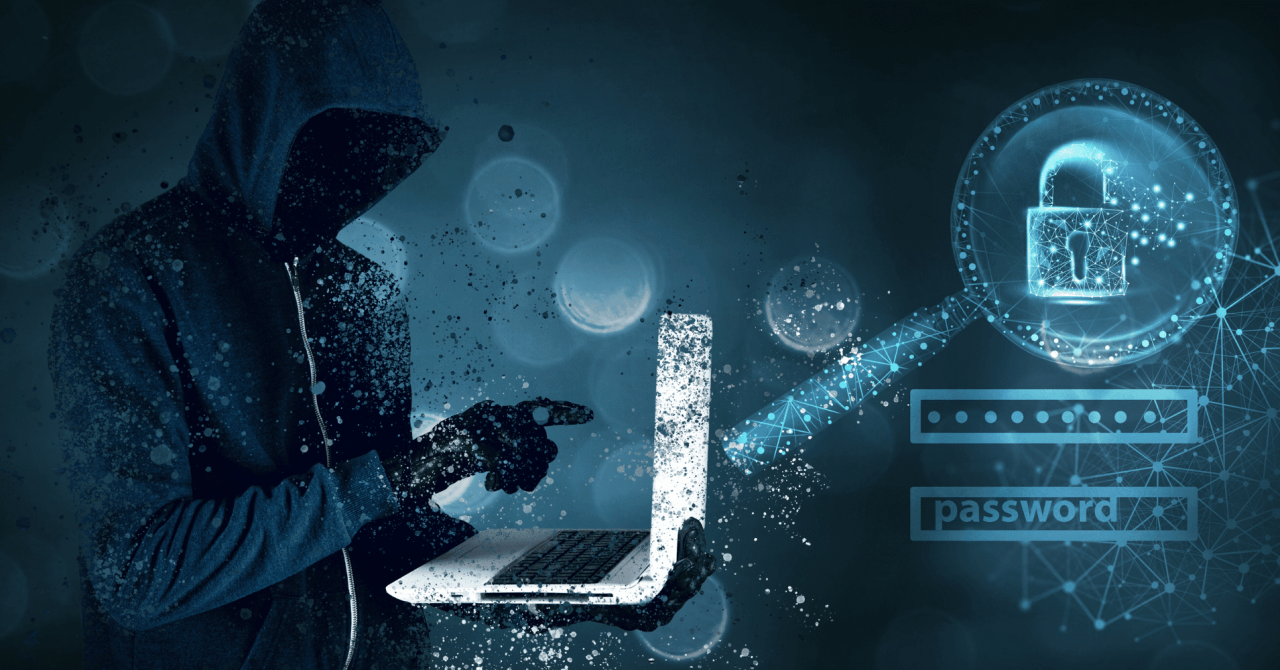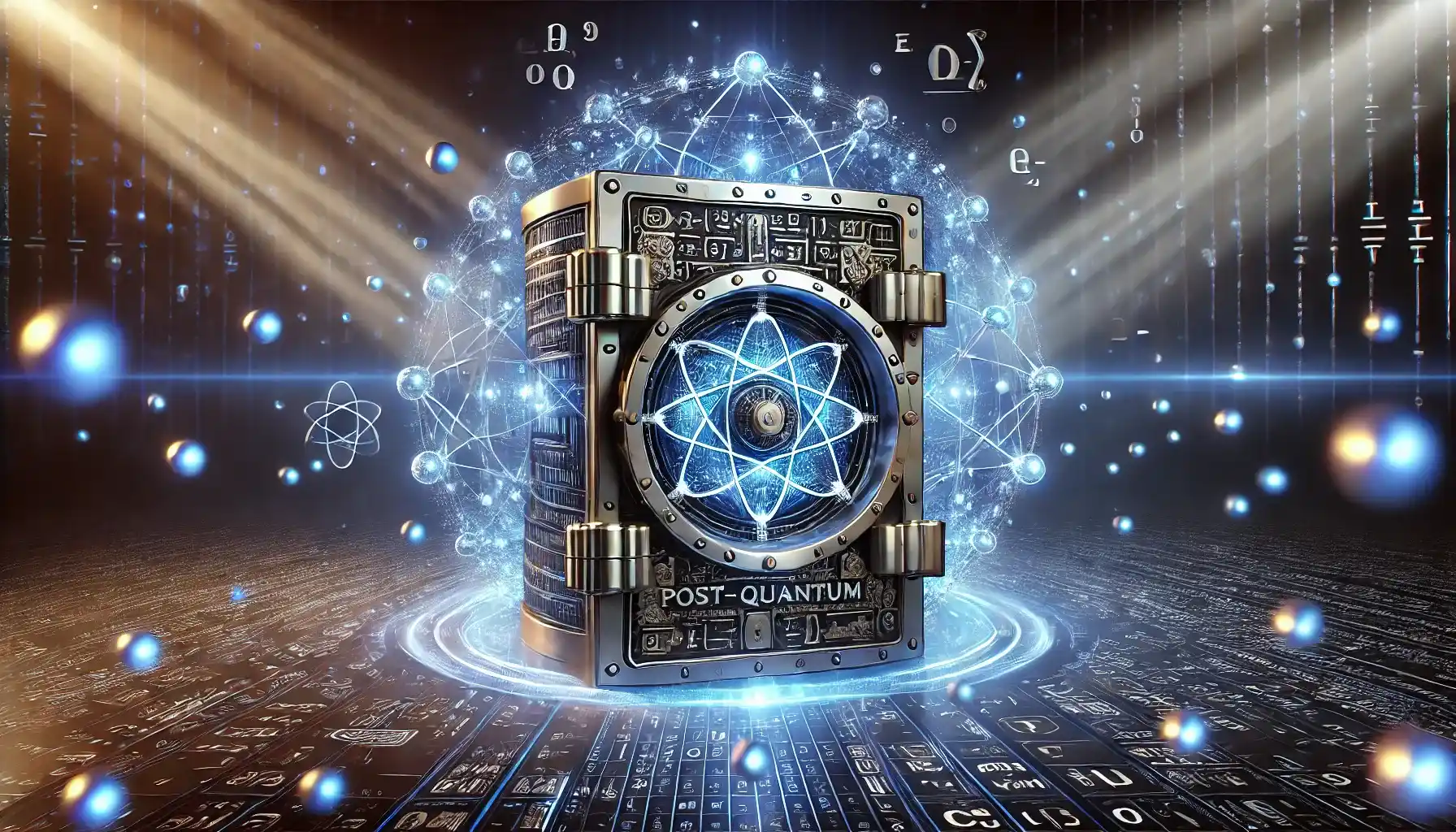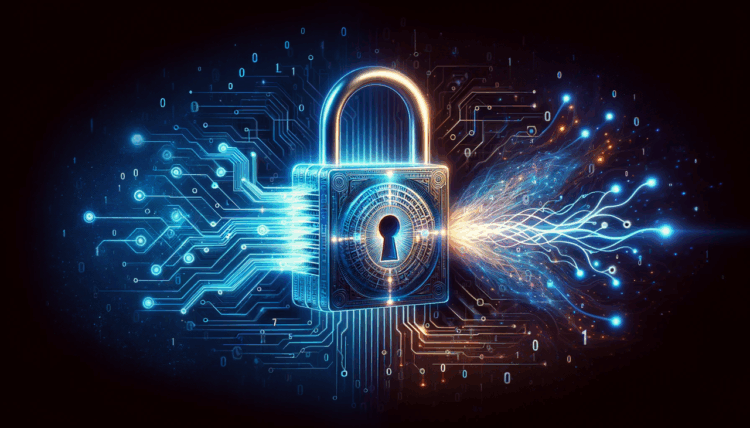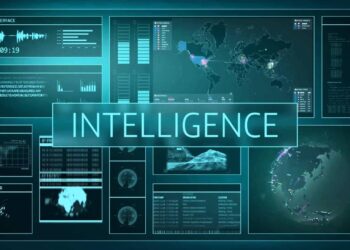In the rapidly evolving landscape of cybersecurity, a critical yet often overlooked threat is looming: the vulnerability of legacy data to future computing power. Organizations worldwide store vast archives of information—financial records, intellectual property, personal identifiable information (PII), and national security secrets—that were encrypted using methods considered unbreakable just a decade ago. Today, advances in processing power, especially the impending arrival of practical quantum computers, mean that this “secure” historical data is becoming a time bomb. What was once safeguarded by mathematical complexity will soon be rendered nakedly exposed by a quantum leap in computational capability. This vulnerability applies not just to data currently being transmitted, but to every encrypted file stored in archives, backup tapes, and data centers for years, or even decades.
This extensive analysis delves into the specific threats that compromise long-term data security, explores the complex challenges of managing and retrofitting security for decades-old data, dissects the urgency of the post-quantum cryptography (PQC) transition, and provides a strategic roadmap for organizations to secure their invaluable historical archives against the quantum threat and other modern attack vectors.
The Core Threat: Decrypting the Past with Future Power
The existential threat to legacy data stems from the fact that its protection relies on mathematical assumptions that quantum computers are poised to break effortlessly.
1. The Quantum Computing Catastrophe
The current cryptographic standards, known as Public Key Infrastructure (PKI), depend on the difficulty of solving two fundamental mathematical problems: factoring large numbers (used in RSA) and calculating discrete logarithms (used in ECC/Diffie-Hellman).
- Shor’s Algorithm: This specific quantum algorithm, discovered by Peter Shor, can factor large numbers exponentially faster than any classical computer. Once a large, stable quantum computer is built, Shor’s Algorithm will be capable of breaking the vast majority of current asymmetric encryption (used for key exchange and digital signatures) in minutes or seconds.
- Grover’s Algorithm: This algorithm offers a quadratic speedup over classical methods for searching unsorted databases. While less catastrophic than Shor’s, it significantly weakens symmetric encryption (like AES-256) by effectively reducing the key size, potentially enabling brute-force attacks on historically archived data.
- Harvest Now, Decrypt Later (HNDL): This is the immediate, strategic threat. Malicious actors, including nation-states, are currently engaged in mass surveillance and data harvesting, archiving vast amounts of encrypted data today. Their strategy is simple: harvest now, store indefinitely, and decrypt later once a quantum computer becomes available. Any data with a shelf life exceeding 5-10 years is immediately at risk.
2. Classical Computing Advancements (The Non-Quantum Threat)
Even without quantum leaps, historical data is vulnerable due to the relentless increase in classical computing power (Moore’s Law) and improved cryptanalysis techniques.
- Key Size Obsolescence: Older encryption methods and smaller key sizes (e.g., 1024-bit RSA) that were once considered robust are now easily breakable by powerful supercomputers or massive botnets using cloud resources. Data encrypted with these older, weaker keys is at high risk today.
- Side-Channel Attacks: Advances in technology allow attackers to exploit physical weaknesses in hardware or software to extract encryption keys. This includes analyzing power consumption, electromagnetic emissions, or timing variations during cryptographic operations. Older, less-hardened storage systems are particularly susceptible.
- Deprecation of Hash Functions: Hash functions used for integrity checking and key derivation (like SHA-1) have been proven vulnerable. Data whose integrity relies solely on these legacy hashes is compromised, making it impossible to verify the authenticity of the archive.
The Legacy Data Management Challenge
Securing old data is uniquely challenging because it requires addressing issues that current security protocols were never designed to handle.
1. The Sheer Volume and Diversity of Archives
Organizations are dealing with exabytes of data stored across vastly different media and systems.
- Data Silos and Invisibility: Legacy data is often stored in disparate, unindexed silos across different departments, regional offices, and cloud services. This makes identifying and inventorying all sensitive encrypted archives a monumental task.
- Media Degradation and Format Obsolescence: Data is frequently stored on physically degrading media (magnetic tape, optical discs) or in proprietary formats that require obsolete hardware and software to read. This creates a technical bottleneck for access and migration.
- Key Management Chaos: The encryption keys used for older archives may be stored in decentralized, undocumented, or insecure systems, or may have simply been lost. Without the key, the data is unreadable; if the key is found, the data is easily vulnerable to quantum attack.
2. The “Data Gravity” Problem
The cost and complexity of migrating or re-encrypting massive data sets often leads to managerial inertia, creating a dangerous “data gravity” effect where data is left untouched and unsecured simply because moving it is too difficult.
- Storage and Processing Costs: Scanning, decrypting, and re-encrypting petabytes of archival data requires enormous computational power and cloud egress fees, demanding significant unexpected budget allocation.
- Operational Disruption: The process of accessing and rewriting data may disrupt ongoing operations, making executive approval difficult without a clear regulatory mandate or immediate security incident.
- Compliance Complexity: Regulatory frameworks often dictate data retention rules, but rarely address the security state of that data in perpetuity, leaving security teams without clear compliance mandates to force migration.
 Strategic Mitigation: A Roadmap to Quantum Security
Strategic Mitigation: A Roadmap to Quantum Security
Securing legacy data requires a multi-phased, systematic approach focused on inventory, classification, and cryptographic agility.
1. Phase 1: Inventory and Classification (The Foundation)
Before securing anything, you must know what you have and where it is.
- Data Discovery and Mapping: Utilize automated tools to scan all storage environments (on-premise, cloud, and archival tapes) to identify and catalog every encrypted data store, paying specific attention to metadata and key usage.
- Classification by Shelf Life and Sensitivity: Assign a Criticality Score to each data set. High-priority data includes intellectual property, PII, national security secrets, and data whose confidentiality must be maintained for decades. This determines the urgency of migration.
- Key Location and Health Assessment: Locate the key management systems (KMS) for each archive. Audit the health of the encryption keys, noting the cryptographic algorithms and key sizes used (e.g., RSA-2048, AES-128).
2. Phase 2: Cryptographic Agility and Retrofitting
Implementing the technical change required to protect the archives.
- Adopt Hybrid Cryptography: The immediate best practice is cryptographic hybridization or “crypto-agility.” This involves protecting keys and data with two distinct algorithms simultaneously: the current, trusted classical algorithm (e.g., ECC) and a new, Post-Quantum Cryptography (PQC) algorithm (e.g., those standardized by NIST, such as CRYSTALS-Kyber or CRYSTALS-Dilithium). The data is secure as long as at least one of the two algorithms remains unbroken.
- Re-Encrypt and Migrate: For all high-criticality data (those with a shelf life exceeding 5 years), a mandatory process of decryption, PQC re-encryption, and migration to modern, accessible storage systems must be initiated. This eliminates the HNDL risk.
- Standardize Key Rotation: Implement a strict, automated schedule for the regular rotation of both symmetric and asymmetric keys across the enterprise, ensuring that no single key protects data for an extended period.
3. Phase 3: Operationalizing PQC (The Future State)
Integrating quantum-safe protocols into the daily operation of the organization.
- Update Endpoint Security: Ensure all secure communication protocols (TLS/SSL) used for accessing archives are updated to support PQC algorithms, protecting the data in transit as it is accessed or migrated.
- Develop Quantum-Safe Software: Integrate PQC libraries into all newly developed applications and storage systems to prevent the creation of new vulnerable data archives.
- Training and Awareness: Educate IT security teams and executive leadership on the timeline and impact of the quantum threat, ensuring the organization maintains continuous budget and operational support for the PQC transition.
The Role of Modern Data Management Systems
The modern data ecosystem provides tools and architectures that simplify the otherwise daunting task of securing legacy data.
1. Cloud Computing and Secure Enclaves
Cloud providers offer services that can accelerate the PQC transition and enhance security.
- Mass Migration Capabilities: Cloud services (AWS, Azure, GCP) offer elastic compute and storage resources, making the massive task of data migration and re-encryption financially and technically feasible on a scale that few enterprises could achieve on-premise.
- Hardware Security Modules (HSMs): Cloud HSMs provide a highly secure, tamper-resistant environment for storing and managing critical encryption keys. This centralizes the chaotic key management of legacy archives.
- Confidential Computing: Utilizing secure hardware enclaves offered by the cloud ensures that data remains encrypted even while being processed in memory, providing an essential security layer for decrypting and re-encrypting sensitive archives.
2. Automated Data Lifecycle Management (DLM)
Modern DLM tools are essential for maintaining a clear and secure data archive.
- Automated Deletion/Archiving: DLM policies ensure that data is not retained unnecessarily, reducing the overall volume of legacy data that is exposed to future threats. Data that has passed its retention deadline should be securely purged.
- Continuous Monitoring: DLM systems allow continuous monitoring of archival data, alerting security teams if unauthorized access attempts or suspicious encryption status changes occur.
- Metadata and Provenance: DLM maintains detailed metadata logs detailing the cryptographic status of every archive, ensuring teams always know which algorithm and key size were used for encryption and when the archive was last reviewed for compliance.
 Conclusion: Securing Tomorrow by Acting Today
Conclusion: Securing Tomorrow by Acting Today
The vulnerability of old data is a silent, creeping crisis born from the unstoppable march of technology. While the immediate threat lies with current classical attacks exploiting weak, legacy encryption, the looming shadow of the quantum computer turns every encrypted archive into a liability. The strategic error is assuming that data encrypted years ago remains secure simply because the algorithms are not yet broken. The strategy of “Harvest Now, Decrypt Later” demands an immediate, proactive response. Organizations must abandon the inertia of legacy systems, embrace the principles of cryptographic agility, and implement the PQC standards mandated by global bodies. Securing the historical record is no longer a passive IT task; it is an executive mandate—a vital, capital-intensive project to guarantee the confidentiality of invaluable corporate and national assets against the computational power of the future. The time to secure the past is now, before the quantum key turns.












